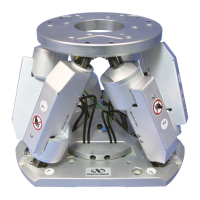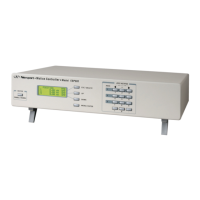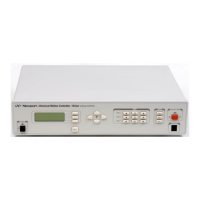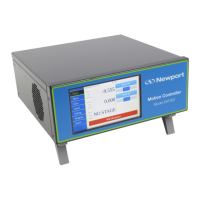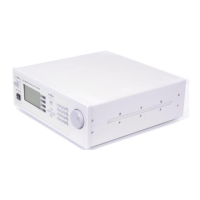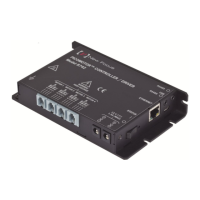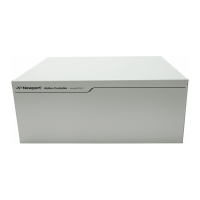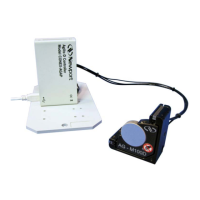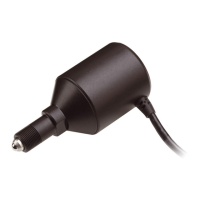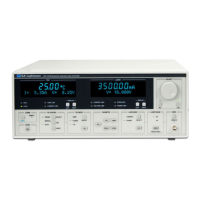EDH0162En1040 – 06/99 4.30
MM4005 Motion Control Tutorial
Fig. 4.44 — Simple Stepper Motor Driver.
This driver works fine for simple, low performance applications. But, if high
speeds are required, having to switch the current fast in inductive loads
becomes a problem. When voltage is applied to a winding, the current (and
thus the torque) approaches its nominal value exponentially (Fig. 4.45).
Fig. 4.45 — Current Build-up in Phase.
When the pulse rate is fast, the current does not have time to reach the
desired value before it is turned off and the total torque generated is only a
fraction of the nominal one (Fig. 4.46).
Fig. 4.46 — Effect of a Short ON Time on Current.
How fast the current reaches its nominal value depends on three factors:
the winding’s inductance, resistance and the voltage applied to it.
The inductance cannot be reduced. But the voltage can be temporarily
increased to bring the current to its desired level faster. The most widely
used technique is a high voltage chopper.
If, for instance, a stepper motor requiring only 3V to reach the nominal cur-
rent is connected momentarily to 30 V, it will reach the same current in
only 1/10 of the time (Fig. 4.47).
Artisan Technology Group - Quality Instrumentation ... Guaranteed | (888) 88-SOURCE | www.artisantg.com
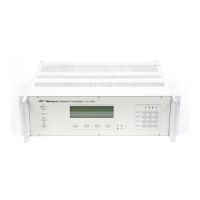
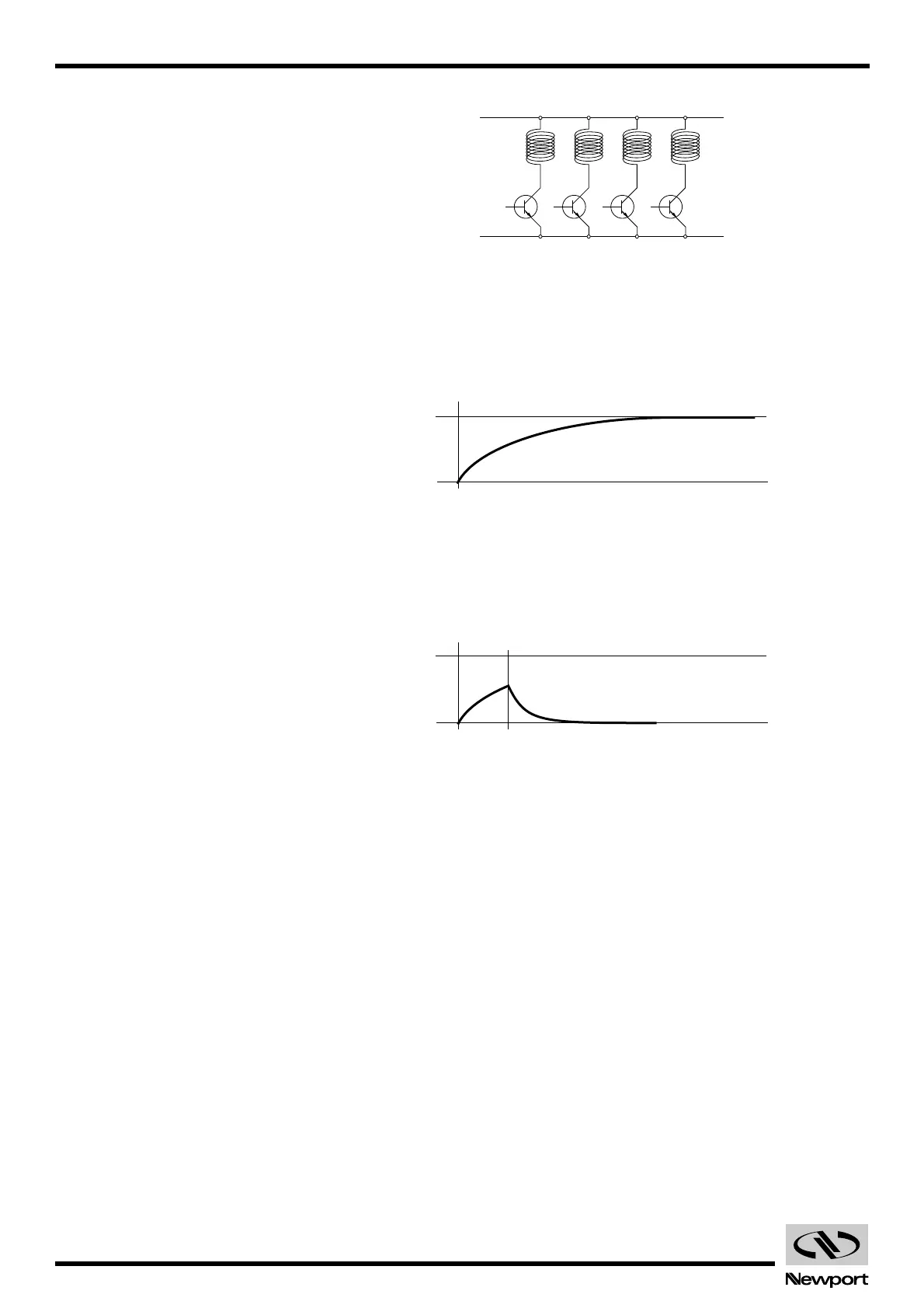